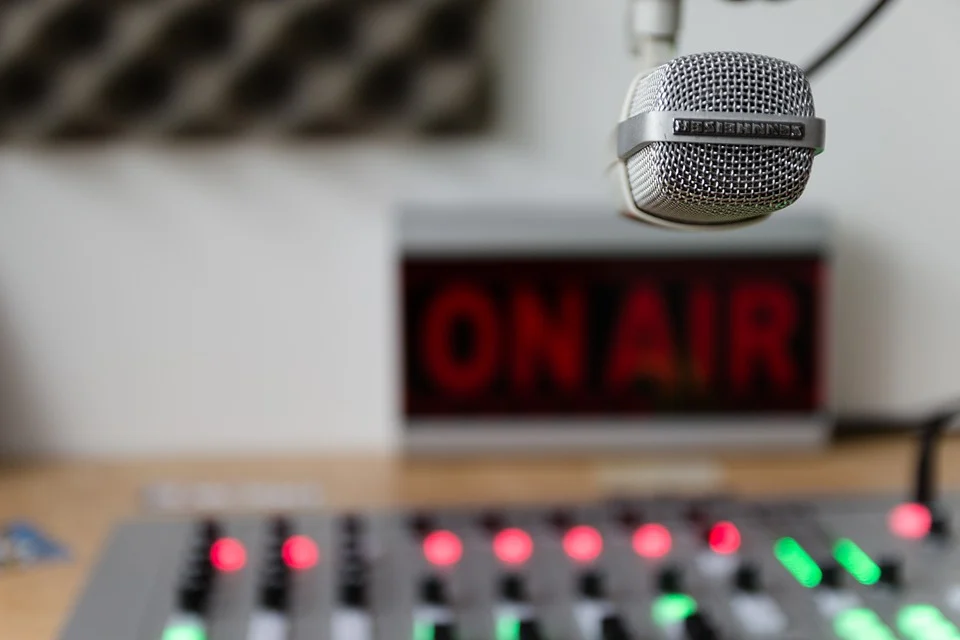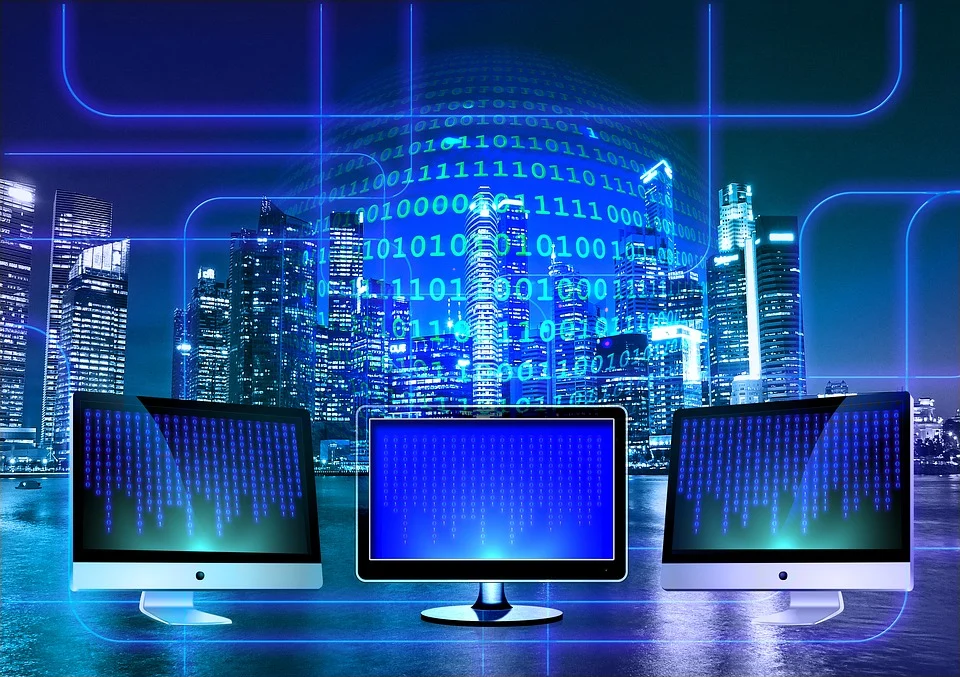Surveillance Machines are All Around Us: What Types of Surveillance Equipment are Out There?
It’s really difficult these days to take two steps out of your home and not feel the eyes of video surveillance cameras on you. Today, wherever we go, whether in a store, a bank, or even outside in public areas, there is surveillance equipment to monitor us.
So what are the different types of surveillance equipment that can be used for monitoring you?
Video Surveillance Equipment

Video surveillance equipment primarily includes different types of cameras that can collect real-time video or still images.
Depending on their location relative to the object they are monitoring, they can be indoor or outdoor, where outdoor cameras are used to monitor the access to the object, while indoor cameras serve to record what is going on inside and deter bad behavior there.
Apart from this, surveillance cameras can also be wired or wireless.
Wired, or CCTV cameras are connected via a coaxial cable to a central recording device and are usually installed on private property by security system professionals.
On the other hand, wireless, IP video, or WiFi cameras, don’t have cables, but are instead connected through a WiFi network and store footage in the cloud.
Both wired and wireless cameras can also be indoor and outdoor.
In addition, most modern cameras are also connected to facial recognition systems (read about their pros and cons here)
Audio Surveillance Equipment

Audio surveillance equipment consists of hidden microphones that can be used to intercept and record a conversation and gather information that way.
For example, if you ever watched a TV show about police, you likely saw a scene where police officers put a “wiretap” on someone and then send them off to talk to someone while they’re listening in a van nearby.
Of course, that’s just one use of microphones as audio surveillance equipment. In a crowd, for example, where there is a lot of background noise, a “parabolic microphone” might be used. These types of microphones record from only one direction.
Computer Surveillance Systems

Computer hardware is more and more used to collect data and over the years we see law enforcement agencies investing heavily in them.
These usually come in the form of software that is secretly installed on the user’s computer (often as malware or a virus), where it can monitor the system and its activities such as data storage or Internet traffic and then send the recorded data to human operatives.
Why Does Law Enforcement Need Surveillance Equipment?
Surveillance equipment can be used to improve the security of a home or business and deter potential criminals. For the police, however, such surveillance systems are often invaluable in their investigative efforts and to track individuals.
Of course, that’s one side of surveillance. In practice, surveillance equipment is also often used by government agencies to monitor citizens and even gather info on political opponents. Homeland security, for instance can say that anyone is a national security and political threat in order to justify gathering such information from them.
Just like biometric authentication, with which it is often closely tied to (think facial recognition software tied to video surveillance), surveillance equipment can be seen both in a positive and negative way, depending on how it is used.
This is definitely something that can help police gather detailed information on criminals and aid in their investigation, help individuals and businesses protect their premises, but it also allows for monitoring law-abiding citizens who are doing nothing wrong.
One of the biggest culprits here is computer surveillance, which can be used by the government (read here how the government might track you) and even criminals to access someone’s data, including private text messages and emails.